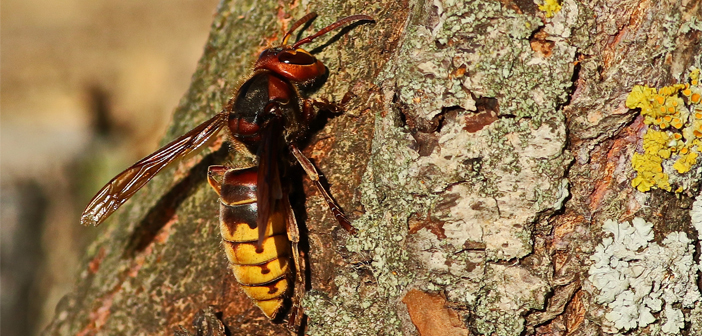About 42% of threatened or endangered species are at risk due to invasive species, according to the U.S. National Wildlife Federation.
Invasive species – from diseases and parasites to plants and animals – can also have other adverse effects, from long-lasting damage to ecosystems to dangerous health risks and even financial ramifications.
The most recent invasive species to make national headlines in the U.S. has been the Asian longhorned beetle, which has just been discovered in South Carolina, according to The Newsstand at Clemson University. Although the beetles have already been eradicated from New Jersey and Illinois, eradication efforts are still underway in New York, Massachusetts, and Ohio, and its presence is being evaluated in South Carolina by survey crews.
The beetles bore into hardwood trees, interrupting the flow of sap until the tree is weakened and eventually dies. In addition to killing the trees, they also cause safety hazards, since the trees’ branches can drop or the trees can fall over, possibly injuring those nearby.
Murder Hornets
Another species that may not be present in droves but has certainly made a name for itself in the U.S. has been the Asian giant hornet, also known as the “murder hornet.” The hornets have earned this name because of their ability to wipe out an entire hive of honeybees in just hours. How do they do this? By decapitating the bees and feeding their thoraxes to the hornets’ young, according to The Harvard Gazette.
“About one in three bites of food comes from crops that depend on animals for pollination, and bees are the most important group of pollinators,” said James Crawl, a Harvard Postdoctoral Fellow, in the gazette article.
These foods tend to be the most nutritious, like fruits, nuts, and vegetables, Crawl said. This means that if the hornets become “established” (have a large enough population size), they could gravely impact the availability of healthy foods.
Putting Smart Technology to Work
In the same Harvard Gazette Article, Crawl said that for the hornets, “at this point, it’s really important to be monitoring.”
Similarly, concerning the presence of the Asian longhorned beetle, the U.S. Department of Agriculture states that, “With no current cure, early identification and eradication are critical to its control.”
Locating, identifying, and monitoring these and other invasive species around the globe can be simple tasks for environmental authorities thanks to Hexagon’s Mobile Alert solution. Mobile Alert is a crowdsourcing tool that easily allows users to submit reports to a subscribing organization.
Just last year, a Mobile Alert configuration was created for citizens to report the presence of toxic hogweed plants to their governments. The same technology can be used by survey crews to locate and monitor the presence of other invasive species, as well as report their findings to environmental managers.
Here’s how the toxic hogweed Mobile Alert app works:

- End users download the free Mobile Alert application from a mobile app store such as the Google Play Store or Apple’s App Store.
- They capture or upload a photo of the plant. The GPS in their smartphone tags the photo with the location.
- They can enter any additional details that they want to include with the report.
- If needed, they can use a map to fine-tune the location of the report.
- Once the incident is submitted, the appropriate government department receives an email with the details.
- In addition, the report is available in the Mobile Alert Viewer Smart M.App. This interactive dashboard view provides powerful tools for viewing and analysis.
With Mobile Alert, monitoring the presence of an invasive species and analyzing the data to determine trends and implement appropriate eradication efforts is easier than ever.
Learn more on our website about how you can get started today using Mobile Alert to keep invasive species at bay.
















